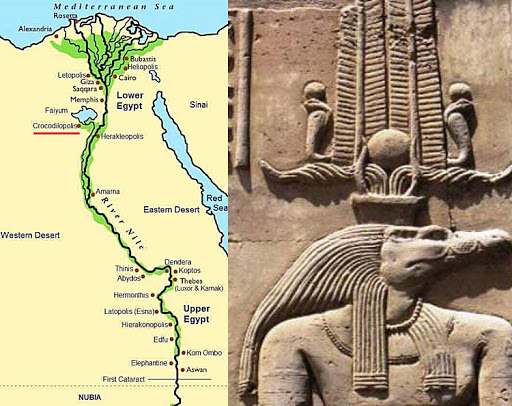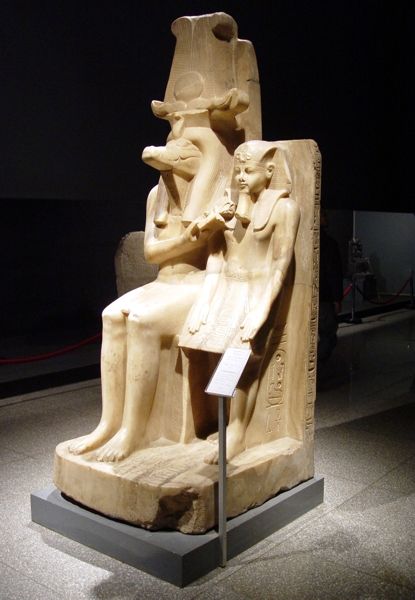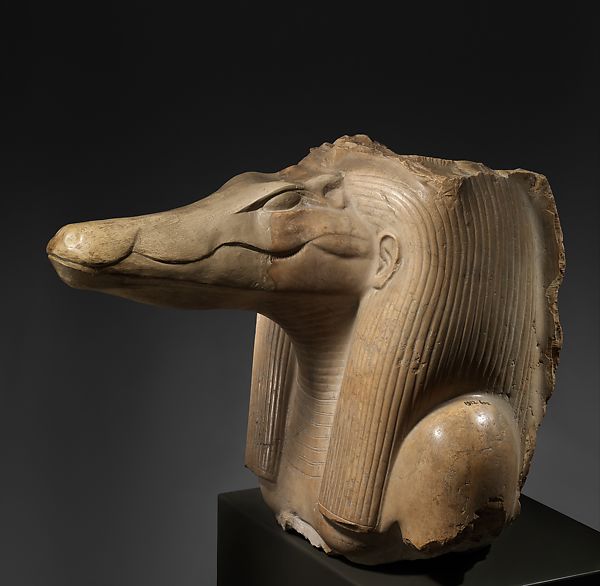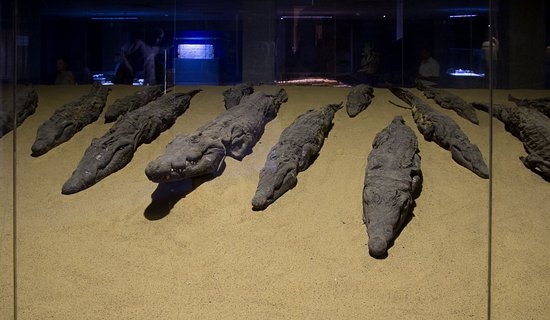We have all grown up watching Dreamworks’ The Prince of Egypt with such fascination but was it exegetically correct especially in its depiction of Aaron’s staff turning into a snake? This may come as a shock to most as we explore the exegetical evidence for Aaron’s staff not turning into a snake!
In the Hebrew account of Exodus (4:1-3), when Moses saw the transformation of his staff at the burning bush, the word used is nachash– representing a SNAKE. Nevertheless, when facing the Egyptian sorcerers (Exodus 7:8 -12), the prophet had to cast the rod down in front of the pharaoh and it instantly turned into a tannin which suggests “a CROCODILE”– one that later swallowed the other staffs!

Ezekiel 29:3-5 helps us to understand what is implicit due to the fact that the majority of the pharaohs of the 13th Dynasty were thought about to be the crocodile god of the River Nile.
The crocodile god was referred to as Sobek (Sobeq, Sebak, Sebek, Sochet, Suchos) and was an ancient god of crocodiles, initially stated in the Pyramid Texts. His worship lasted up until Roman times, the people of Egypt worshiping him to obtain his protection and strength, or reviling him and killing the crocodiles of the area because of the evil that they could very well do. To his worshipers, he was a god who made the Nile, a god of fertility and rebirth, and the symbolic strength of the ruler of Egypt.

Portrayed either as a crocodile-headed man or as a complete crocodile, Sobek was presented putting on a plumed headdress with a horned sun disk or the atef crown. In his hands he was shown to carry a scepter and the ankh symbol of life. His sacred animal, the crocodile, was both revered and reviled by the men and women of Egypt – in some locations, a tame crocodile was worshipped as the god Sobek himself, while in other locations, the reptiles were slain. The Egyptians appeared to both respect and fear the power of the crocodile, and as the outcome of this, Sobek was viewed as an ambivalent creature.

When God appointed Moses as the agent to redeem His people, He gave him a miraculous sign.
“Moses responded and said, ‘But they will not believe me and they will not heed my voice, for they will say, “God did not appear to you”‘. And God said to him, ‘What is in your hand?’ and he said ‘A staff.’ God said, ‘Throw it to the ground.’ And he threw it to the ground, and it became a serpent [nachash], and Moses fled from it. – Exodus 4:1-3
Strangely, however, when Aaron threw his staff down before Pharaoh, a different event is described as having taken place.
“When Pharaoh shall speak to you, saying, Show a miracle; then you shall say to Aaron, Take your staff, and throw it before Pharaoh, and it shall become a serpent[tannin]. – Exodus 7:9
Although some explain tannin here to refer to a snake, tannin typically denotes any large scaly reptile, sea or river monster, and more especially the crocodile, as the symbol of Egypt. This relates nicely to a prophecy in the book of Ezekiel.
“…Thus says the LORD God: Behold, I am against you, Pharaoh king of Egypt, the great tannin crouching in the river, which has said, My river is my own, and I have made it for myself. But I will put hooks in your jaws, and I will cause the fish of your streams to stick to your scales, and I will bring you up from the midst of your streams, and all the fish of your streams shall stick to your scales. – Ezekiel 29:3-5


The big scaly animal that is the king of the Nile is unquestionably the crocodile. It is the biggest, most frightening animal in Egypt, and the fiercest predator. The Egyptians worshipped the crocodile, and they embalmed hundreds of them, after which they were wrapped in strips of cloth, just as the people of the time. Pharaoh, king of the nation that worshipped crocodiles in addition to the Nile, is well represented by the crocodile.

So when Aaron’s staff was thrown down in front of Pharaoh, it changed into a crocodile. So why did the staff become a snake when thrown down by the burning bush, however into a crocodile when thrown down in front of Pharaoh?
One explanation is that the staff appeared in various forms depending upon the context. With Moses’ encounter with God, he saw a snake, a creature that represents a terrifying evil power. The message was that God is all-powerful and can change a supportive staff to an evil force at will and back again. Hence symbolizing that even such evil has no power over God. However when the staff transformed in front of Pharaoh and his court, it turned into a crocodile, the symbolic representation of Pharaoh who claimed to be the god of the Nile – and yet was mocked and defeated by Aaron’s staff.
This explanation makes total sense when we look into the other plagues in Egypt and how the miracles were meant to tell Egypt’s other so called gods that YAHWEH is the one true GOD!